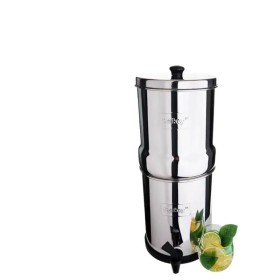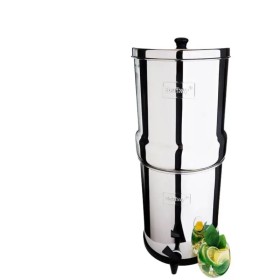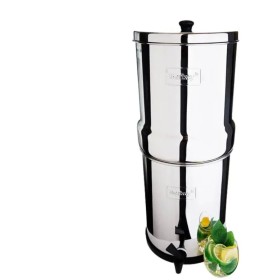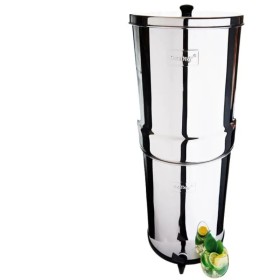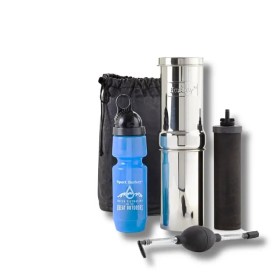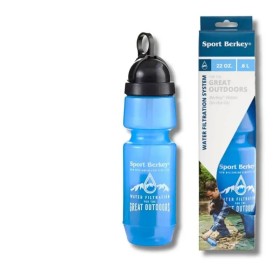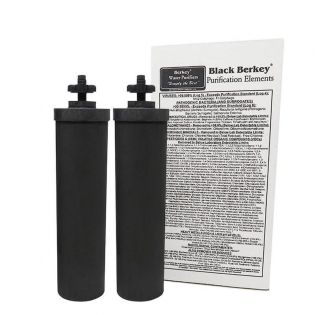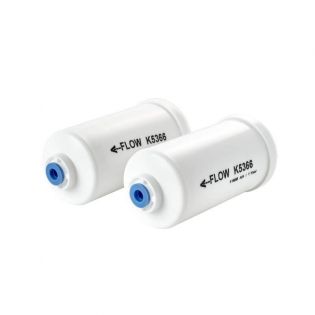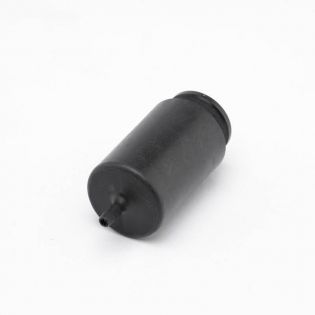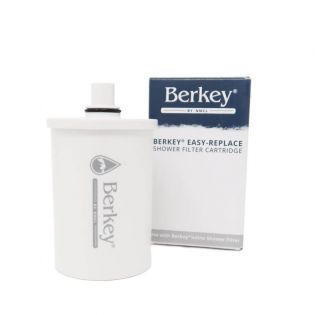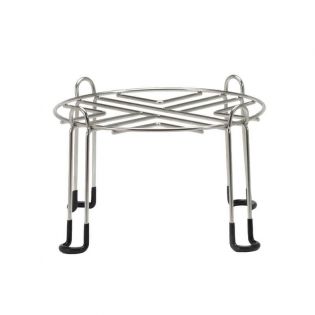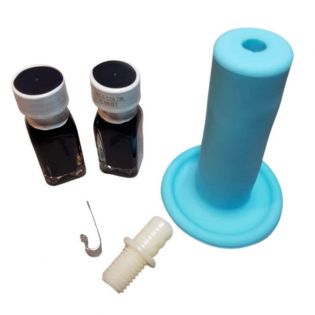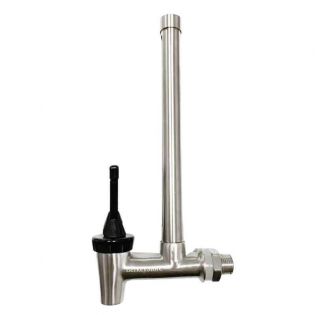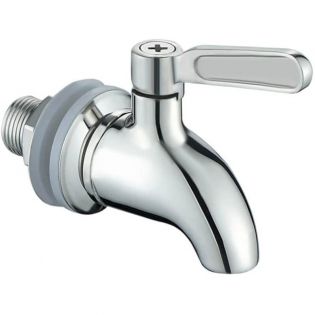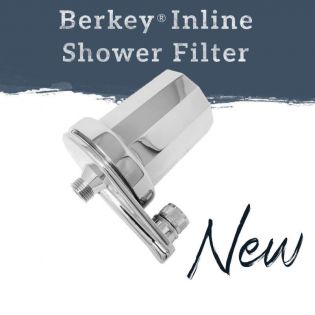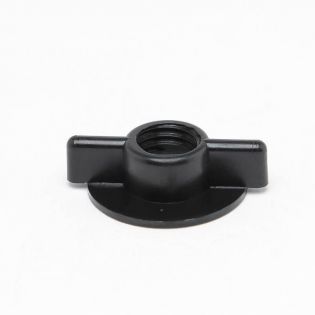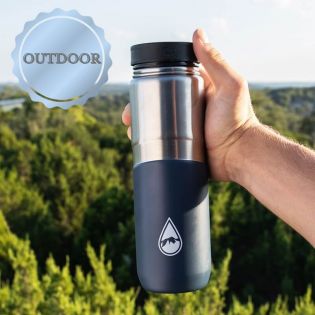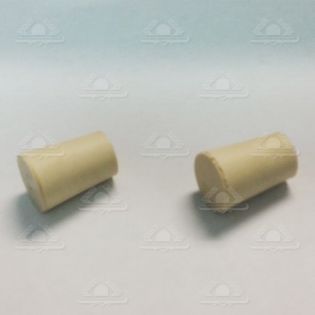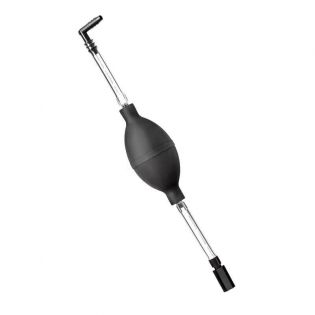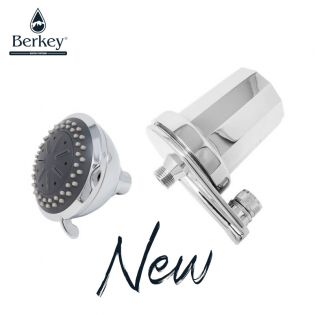The Story of Berkey®
The story began in England, early in the 19th century. The Thames, the main source of water for Londoners, was very polluted by sewage. Epidemic diseases such as cholera and typhoid were spreading. Queen Elizabeth was concerned about this situation, which deprived the inhabitants of clean water.
A providential man appeared. John Doulton, inventor of a basic filter built around the assembly of different materials of earth and clay. This was the beginning of water filtration.
In 1862, John's son Henry took over his father's work and modernized filtration with a manganese and carbon filter. That same year, Pasteur published his work on the contamination of water by micro-organisms, a source of infection for animals and humans. Doulton then sought to further improve its filters.
In 1901, King Edward VII knighted Henri Doulton and authorized him to use the word "Royal" in reference to his products. From then on, they were called "Royal Doulton".
In 1906, Doulton developed a porous ceramic filter, capable of both eliminating micro-organisms such as bacteria and self-sterilizing. It proved to be as effective as the Pasteur filter created in France. They were used in hospitals, laboratories, adopted by the army and used for domestic filtration all over the world.
In 1972, Doulton became Pearson & Son Ltd.
In 1980, the Pearson group bought Fairey Holdings.
In 1985, the company changed its name to Fairey Industrial Ceramics Ltd and purchased the rights to the Berkefeld trademarks. Berkefeld now markets ceramic water filters and gravity filtration systems.
In 1998, New Millennium Concepts Ltd (NMCL) entered into an agreement with Fairey and became the distributor of Berkefeld products in the United States.
In 1999, NMCL introduced the Berkey® and Big Berkey® filters in the United States.
In 2003, the Black Berkey® purification elements were developed, currently the most efficient gravity filters.
These filters have been tested 10,000 times with 100,000 pathogens per liter of water and analyses have found none of these elements in the filtered water...
Share this content

